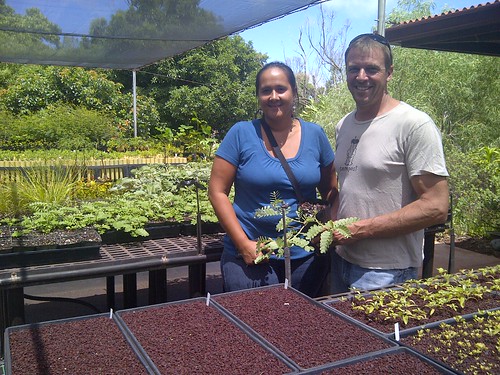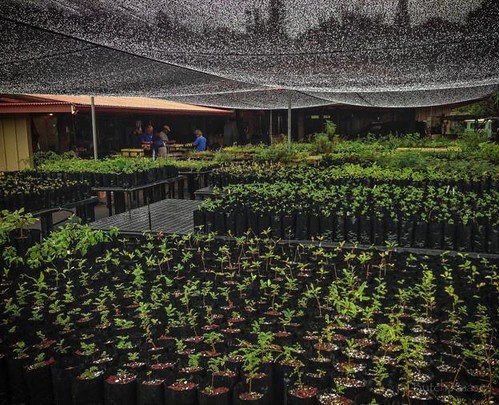EPA Press Release:
FOR IMMEDIATE RELEASE: July 28, 2014
Historic Clean Water Act settlement will prevent millions of gallons of sewage discharges into San Francisco Bay
Seven East Bay communities, municipal utility district to repair systems, pay civil penalties
SAN FRANCISCO – The U.S. Environmental Protection Agency today announced a Clean Water Act settlement requiring the East Bay Municipal Utility District (EBMUD) and seven East Bay communities to conduct extensive system repairs aimed at eliminating millions of gallons of sewage discharges into San Francisco Bay. Under today’s agreement, EBMUD and the communities will assess and upgrade their 1,500 mile-long sewer system infrastructure over a 21-year period. The work is expected to cost approximately $1.5 billion. The entities will pay civil penalties of $1.5 million for past sewage discharges that violated federal environmental law.
Since 2009, EPA, state and local regulators and environmental groups have worked to reduce sewage discharges from East Bay communities. During that period, interim actions required EBMUD and the East Bay communities to improve their sewer maintenance practices and gather information to identify priorities for investment.
The San Francisco Bay covers 1,600 square miles and is the largest Pacific estuary in the Americas, a host for millions of migratory birds and a hub of commerce and recreation for more than 7 million Bay Area residents.
Unfortunately, the Bay is under threat from many sources of pollution, including crumbling wastewater infrastructure that allows sewage to escape from the system. During rainstorms, in particular, older sewer systems can be overwhelmed, releasing rivers of sewage before fully treated.
In addition to polluting waterways, raw and partially treated sewage can spread disease-causing organisms, metals, and nutrients that threaten public health. Sewage can also deplete oxygen in the bay, threatening fish, seals and other wildlife.
“For many years, the health of San Francisco Bay has been imperiled by ongoing pollution, including enormous discharges of raw and partially treated sewage from communities in the East Bay,” said Jared Blumenfeld, EPA’s Regional Administrator for the Pacific Southwest. “Many of these discharges are the result of aging, deteriorated sewer infrastructure that will be fixed under the EPA order.”
Today’s settlement is the result of a Clean Water Act enforcement action brought by the EPA, U.S. Department of Justice, State Water Resources Control Board, San Francisco Bay Regional Water Board, San Francisco Baykeeper and Our Children’s Earth Foundation.
“This settlement will result in major reductions of sewage discharges into the San Francisco Bay,” said W. Benjamin Fisherow, Chief of Environmental Enforcement in the Justice Department’s Environment and Natural Resources Division. “These improvements will help reach our goal of eliminating pollution in the neighborhoods in these cities and in the Bay so that citizens may rest assured that they reside in a safe, clean environment.”
The seven East Bay communities in the EBMUD settlement are:
City of Alameda
City of Albany
City of Berkeley
City of Emeryville
City of Oakland
City of Piedmont
Stege Sanitary District (serving El Cerrito, Kensington, and a portion of Richmond)
“The public has been required to repair their own sewer laterals for over two years now, so it is past time that the local agencies aggressively repair their sewer systems,” said Bruce Wolfe, Executive Officer of the San Francisco Bay Regional Water Board. “This settlement spells out how the agencies will work with the public over the next 21 years to do just that and protect the Bay.”
“Baykeeper will be watching the progress of these repairs closely to ensure that pollution of San Francisco Bay is reduced and eventually eliminated, and we will take action if the repairs fall short,” said Baykeeper Executive Director Deb Self.
On an annual basis, hundreds of millions of gallons of raw and partially treated sewage are discharged directly to San Francisco Bay. Also, as much as 600,000 gallons of raw sewage from community sewer systems is first discharged onto streets and other public areas—through outlets such as manhole covers—before it drains to the Bay.
As part of the agreement, EBMUD and the seven communities will:
repair and rehabilitate old and cracked sewer pipes;
regularly clean and inspect sewer pipes to prevent overflows of raw sewage;
identify and eliminate illegal sewer connections;
continue to enforce private sewer lateral ordinances; and
ensure proactive renewal of existing sanitary sewer infrastructure.
EBMUD will also immediately begin work to offset the environmental harm caused by the sewage discharges, which are expected to continue until these sewer upgrades are completed, by capturing and treating urban runoff and contaminated water that currently flows to the Bay untreated during dry weather.
Keeping raw sewage and contaminated storm water out of the waters of the United States is one of EPA’s National Enforcement Initiatives.
The proposed settlement is subject to a 30-day public comment period and final court approval.
# # #
# # #






